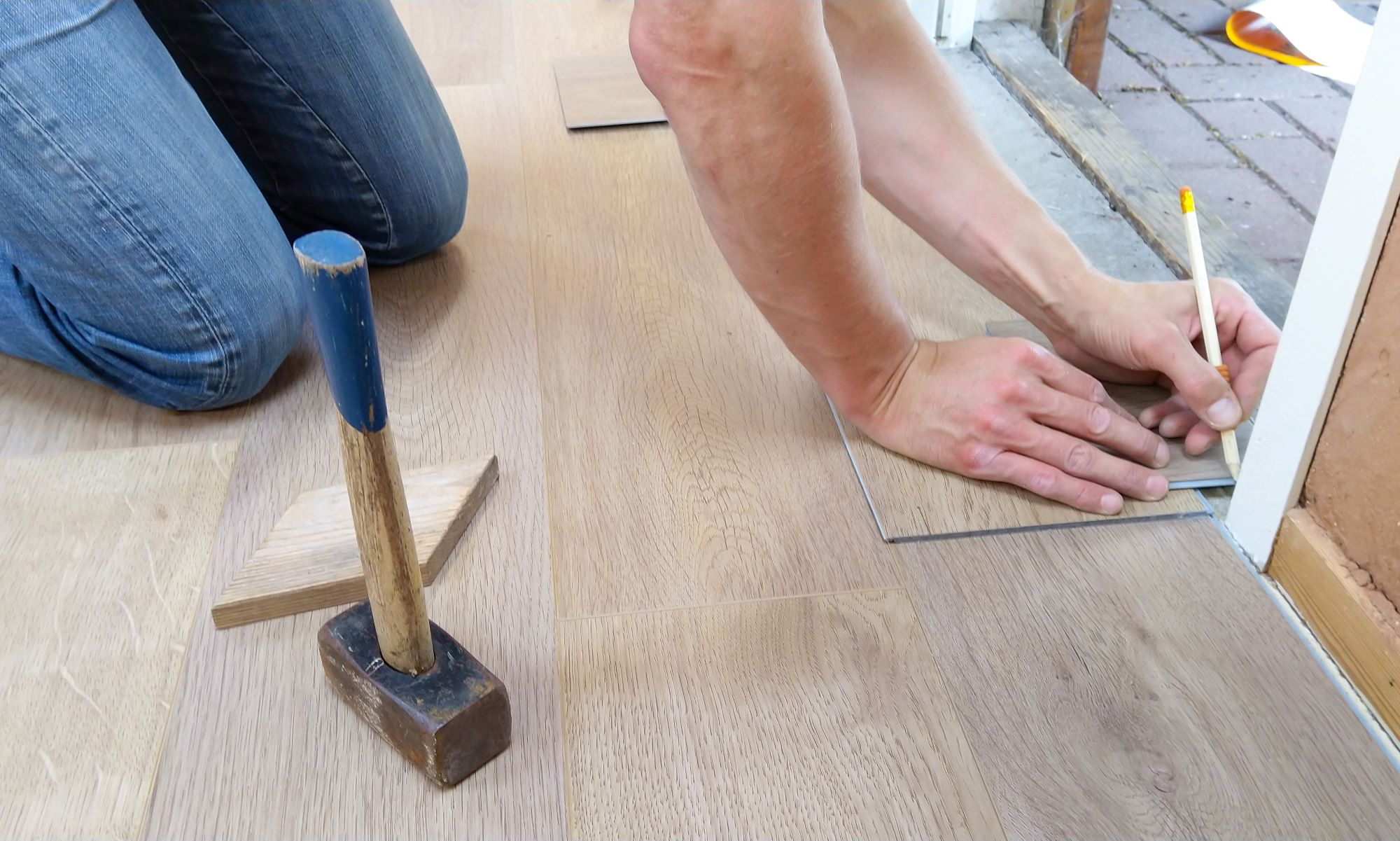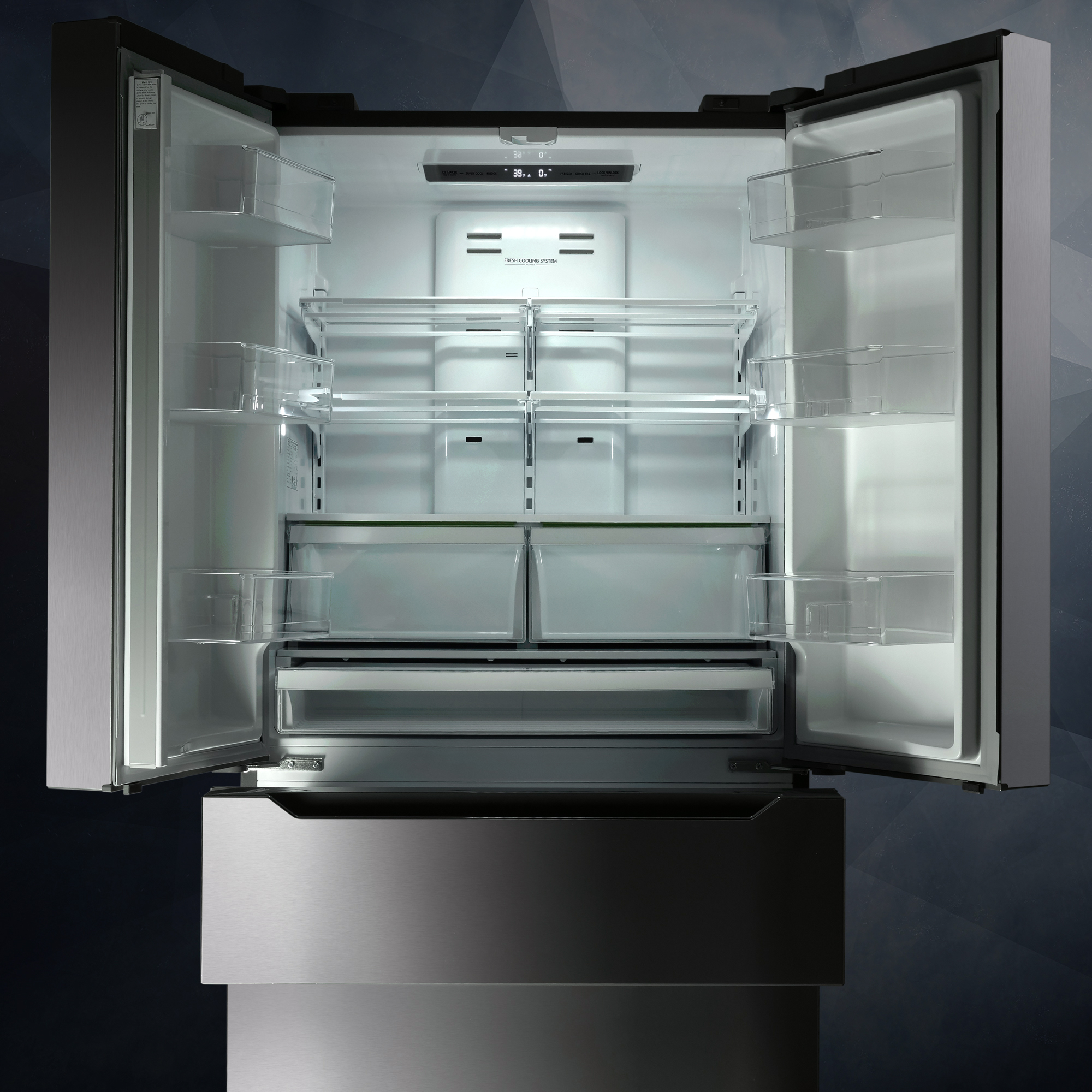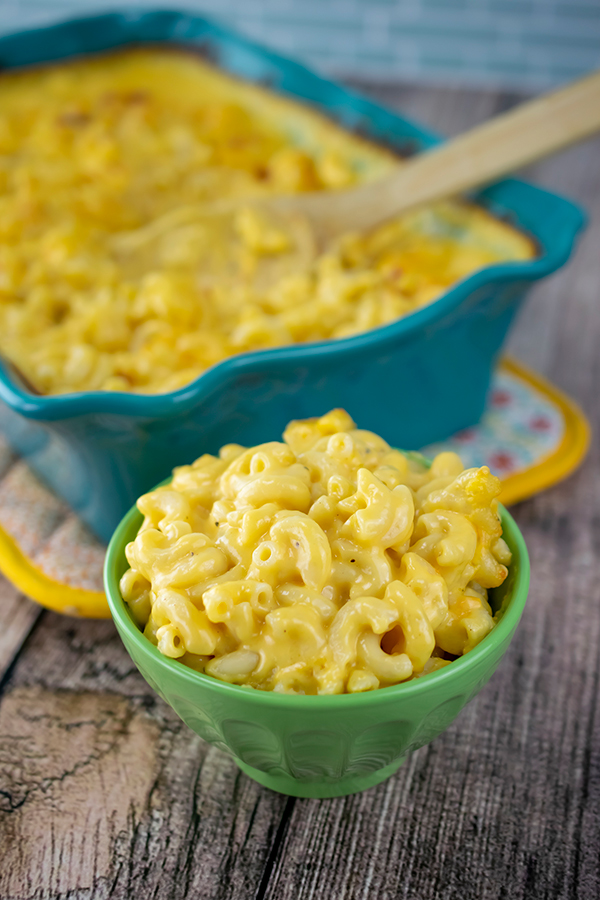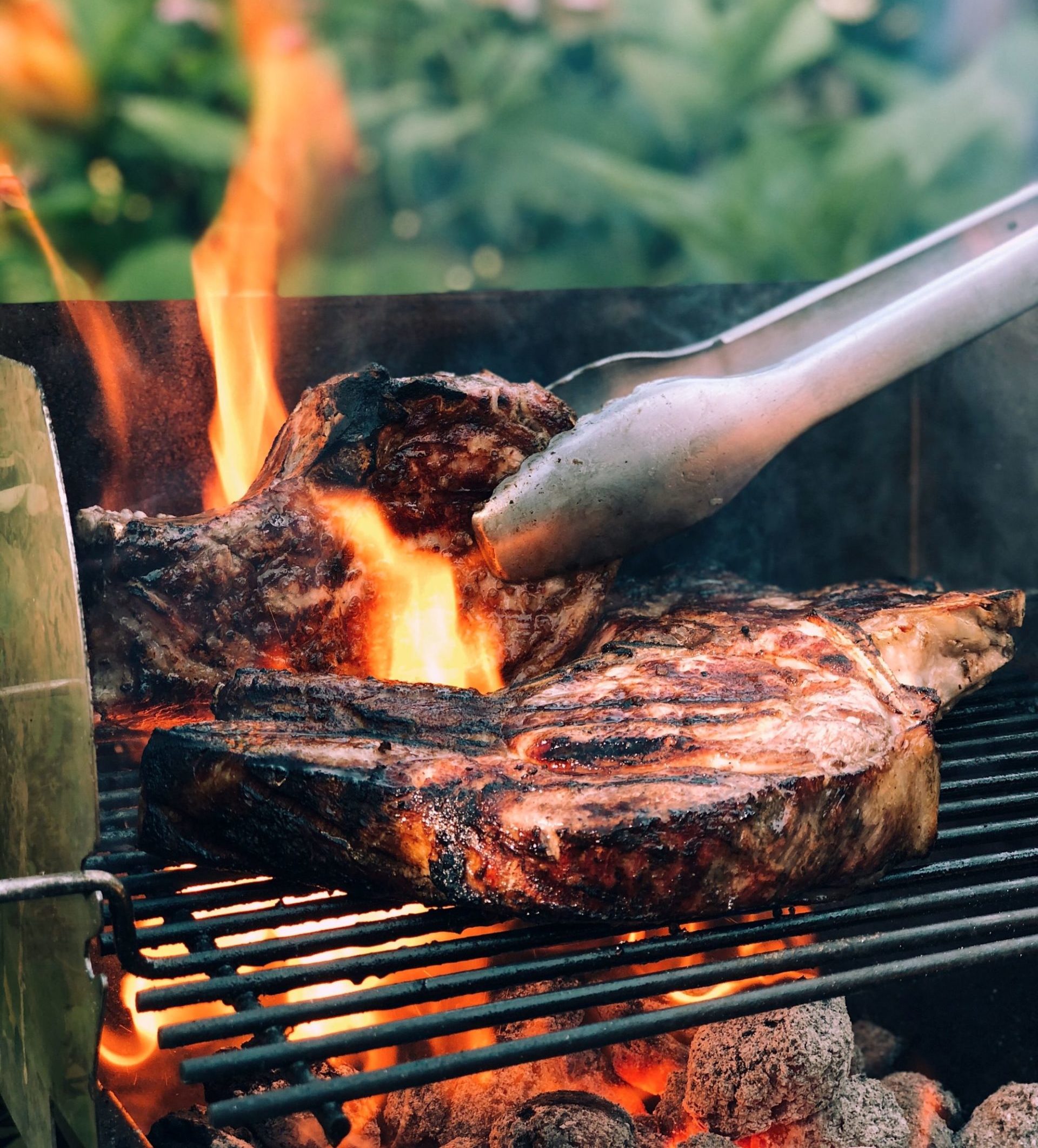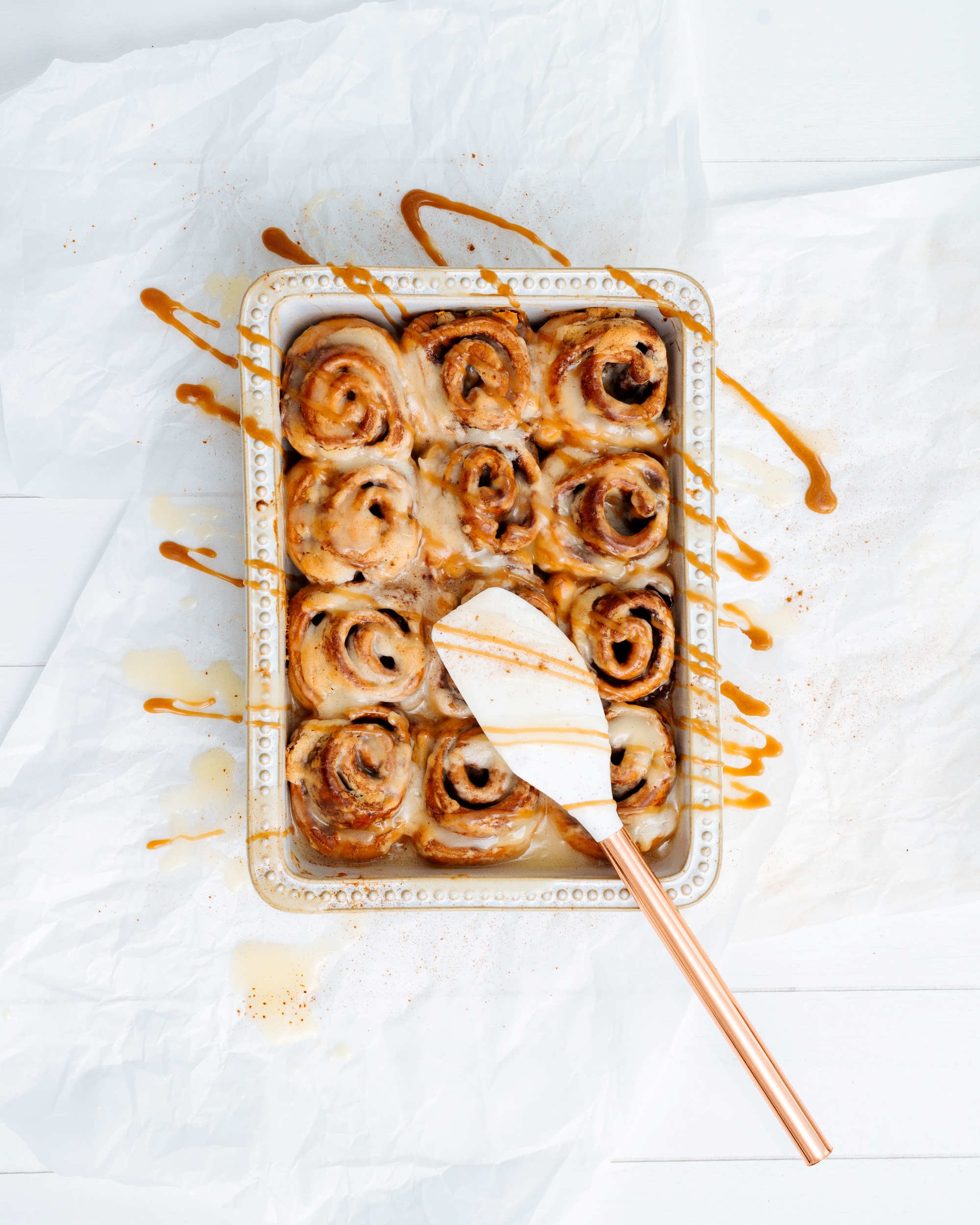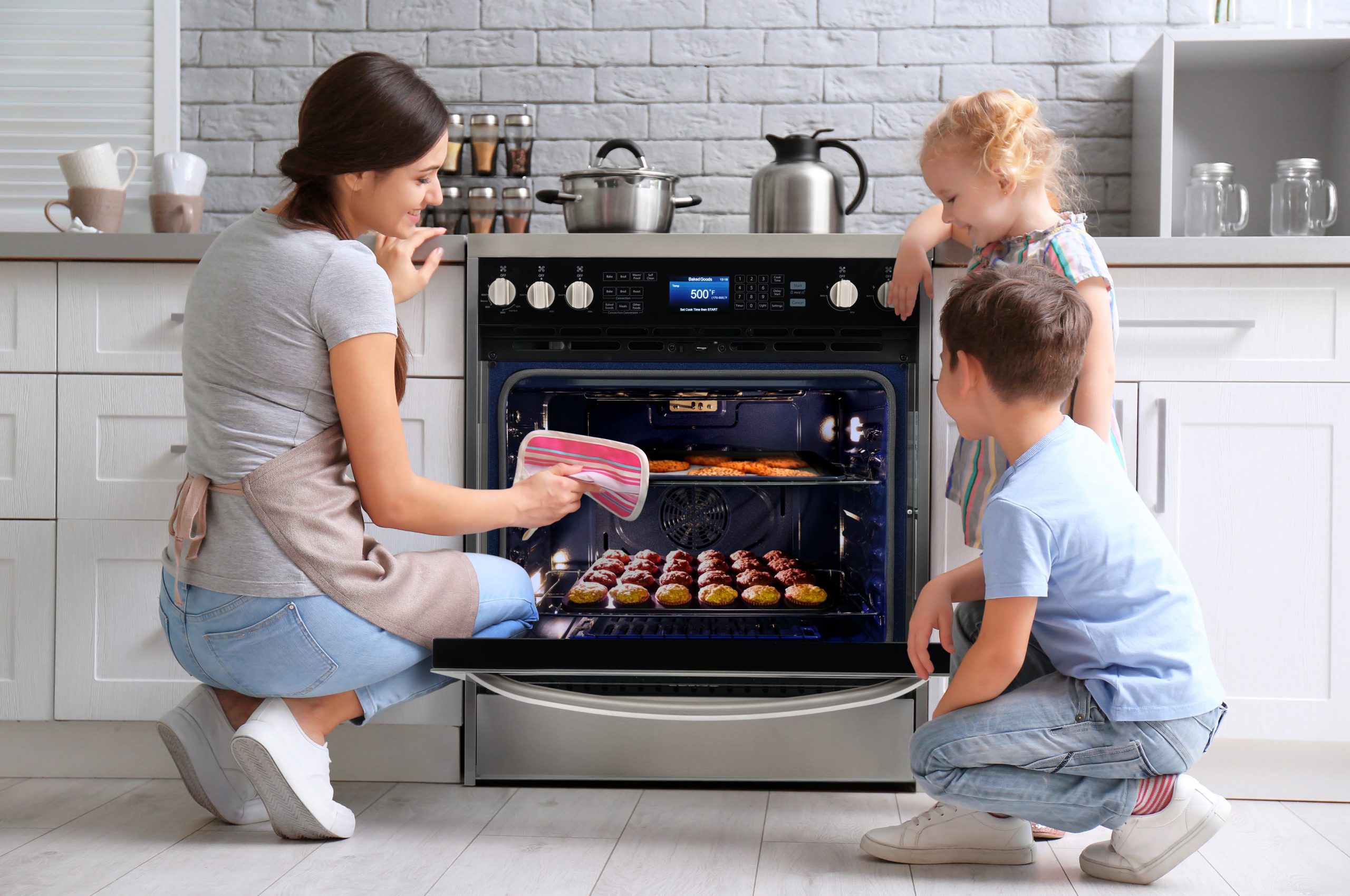Everything You Need to Know About Self-Cleaning Ovens
No need to strain yourself scrubbing away at these ovens. Self-cleaning ovens are an easy alternative to get a shiny interior all from the press of a button. Mistakes happen in the kitchen, learn everything you need to know about this function to save yourself from extra work next time. These ovens come in two types, high heat or steam cleaning. A high heat cleaning oven will greatly increase its temperature to burn away any residue inside. It essentially turns any bits to ash. On the other hand, steam cleaning works with heat and water to loosen soils. However it usually requires a manual clean afterwards. A steam clean may require more work than high heat, but it offers no burn off, lower temperatures and no odors. Each oven varies, but usually a self-clean should be performed every four to six months. This will fluctuate depending how often the oven is used and the frequency of spills. A self-clean cycle will take a few hours depending on the brand and type of oven you own. Before starting a self-clean cycle, here are the steps you should follow: Make sure any major spills are cleaned up. Unless otherwise noted in an owner’s manual, remove the racks to prevent discoloration and potential warping. Double check that the oven door is locked. Most ovens will lock themselves. The oven will cause odors while it’s cleaning. Ensure there is proper ventilation throughout your home. A hood or fan is ideal to remove any heat and odors caused by the burning. Perform the self-clean. Once everything is done and completely cool, take a damp towel and wipe down everything inside to clean up any remaining residue. If you’d like to stay on top of things and reduce the need for a self-clean, follow these steps to keep your oven in working condition. Clean up spills immediately. Use a damp sponge or a brush to get rid of any loose food bits. Always wait until everything is completely cool to work on an oven to prevent accidentally shattering any untempered glass. Remove racks for a more effective and comfortable cleaning. Use warm sudsy water or a quality oven cleaner. Rinse and dry before sliding back into place. The exterior oven door can be cleaned with warm, sudsy water and a sponge. You can also use a multi-purpose glass cleaner with a scrub to achieve a spotless finish. Rinse and dry afterwards. Sources: Good House Keeping


